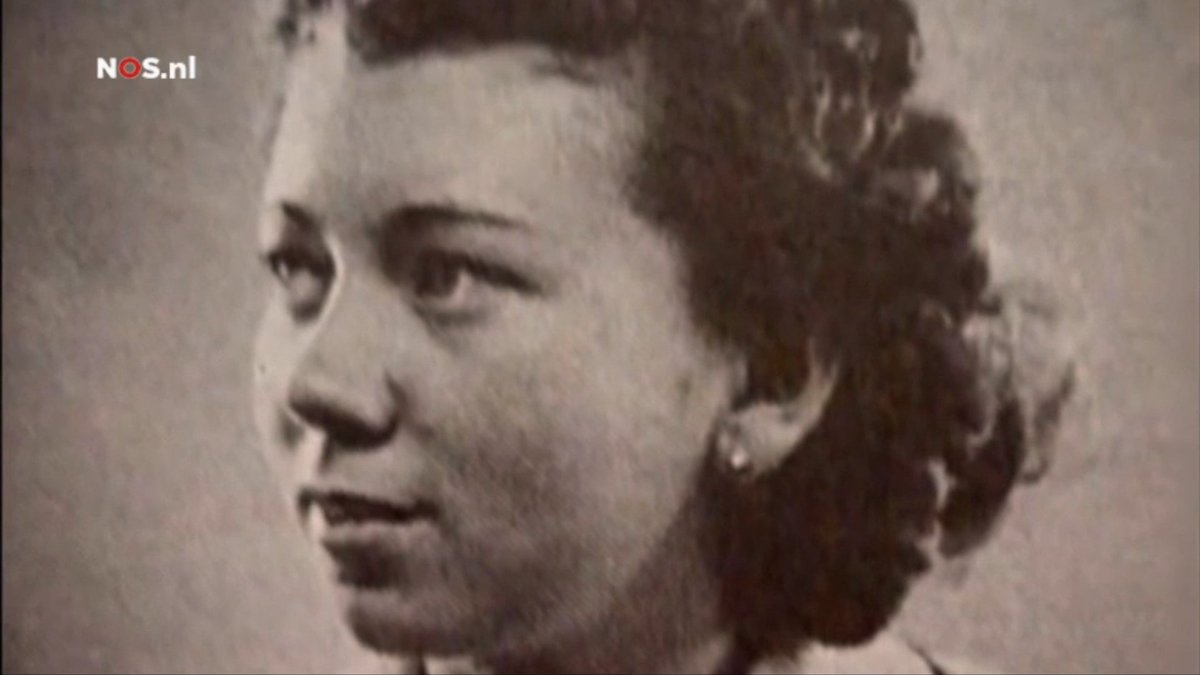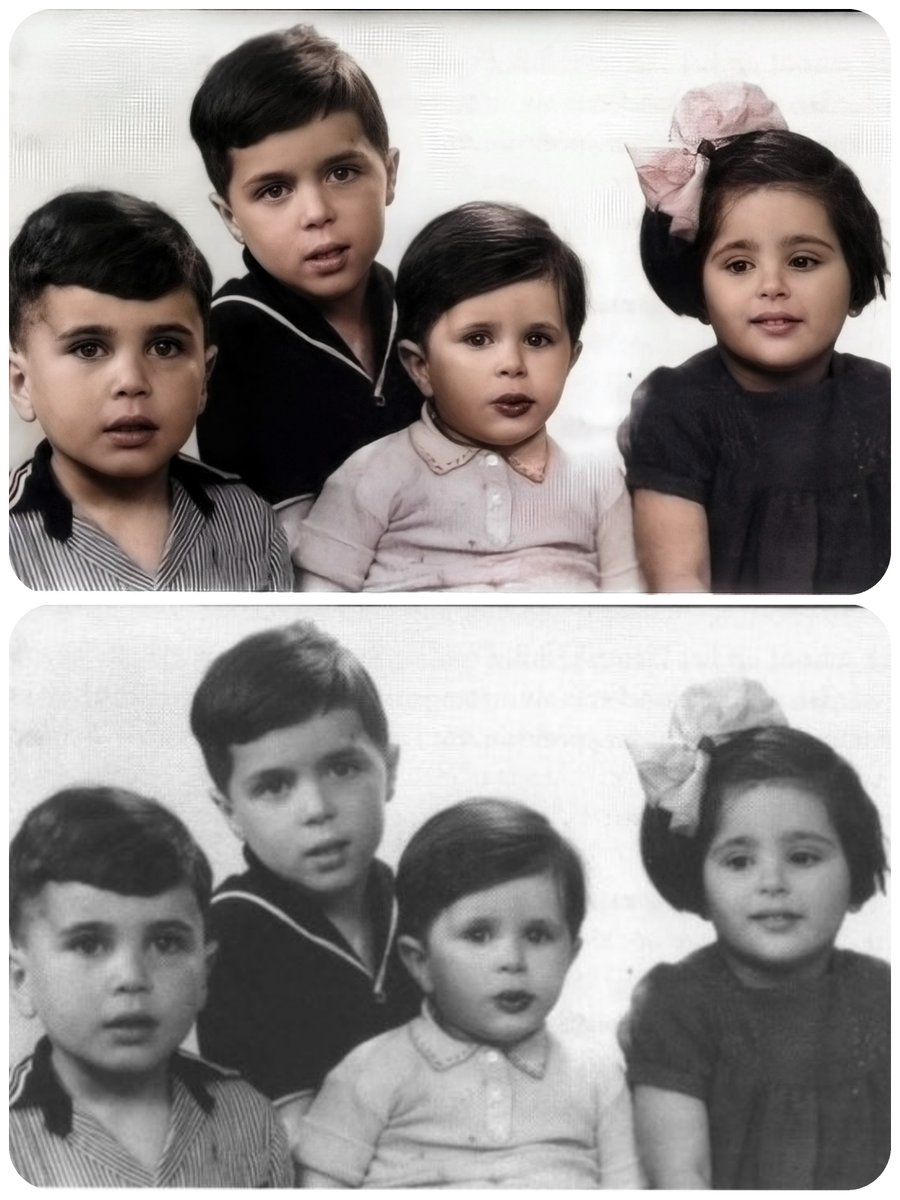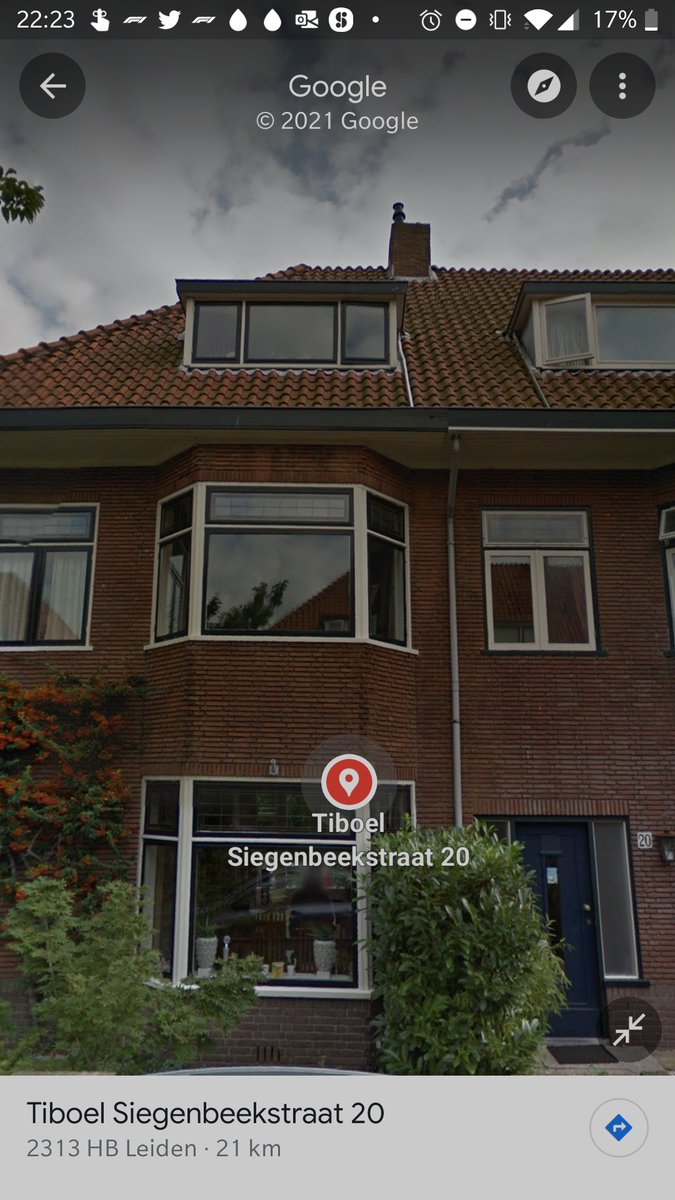
(1/9) When an Utrecht student, Adriaantje (Ad) Groenendijk, witnesess the first raids on Jews in Amsterdam she 'finds' 4 Jewish toddlers in the street who've been left alone.😢
Their parents were deported. Ad takes the children with her to Utrecht.
Their parents were deported. Ad takes the children with her to Utrecht.

(2/9) She brings them to the house of the parents of classmate Jan Meulenbelt. The children could not stay there so Jan asks other students for help to find a safe place for the children. This is the start of a resistance group which helps hiding Jewish children. 

(3/9) After the war the group was called 'het Utrechtse Kindercomité' (the Utrecht children committee).
At first they think it's quite harmless as they are only helping children. But the Nazis obviously didn't agree.
At first they think it's quite harmless as they are only helping children. But the Nazis obviously didn't agree.
(4/9) They were very motivated by enormous anger. Anger about the deportations, about people being removed from their homes, about the innocent children...
At the end of 1942 the core of the group were 15 students.
At the end of 1942 the core of the group were 15 students.

(5/9) In order to be able to trace the children again afterwards, a meticulous administration was kept that was safely housed in the Roman Catholic Archbishop's Palace of Archbishop Johannes de Jong on the Maliebaan in Utrecht. The archbishop also donated 10000 guilder. 

(6/9) The group had to find hiding places, money for the foster families, ration coupons...
After a year they found out that one of the addresses, where they placed children, were traitors.
They decided to liquidate the man and woman but this was done a bit clumsy.
After a year they found out that one of the addresses, where they placed children, were traitors.
They decided to liquidate the man and woman but this was done a bit clumsy.

(7/9) The man died, but the woman and a foster son survive. The foster son goes to the Sicherheitsdienst (SD) and tells about the group. Jan Meulenbelt has to go into hiding himself. Two female members, Gisela Söhnlein and Hetty Vôute are send to Ravensbruck concentration camp. 

(8/9) There Gisela hears about Auschwitz. About what happened to the Jews who were deported.
Luckily both women survive.🕯️♥️🕯️
Without some of the leaders of the group they are no longer operational.
But during this year they helped hiding 400 Jewish children and a few adults.
Luckily both women survive.🕯️♥️🕯️
Without some of the leaders of the group they are no longer operational.
But during this year they helped hiding 400 Jewish children and a few adults.

(9/9) 3 of the children who were hidden by this group were Johanna Jetty Pront and her brothers Frits and Siegfried. Sadly enough Johanna didn't survive but her brothers did.
Members of the Utrechtse Kindercomité, we will remember you for what you did!
https://twitter.com/shannara77/status/1375897460221042689?s=20
Members of the Utrechtse Kindercomité, we will remember you for what you did!
• • •
Missing some Tweet in this thread? You can try to
force a refresh














